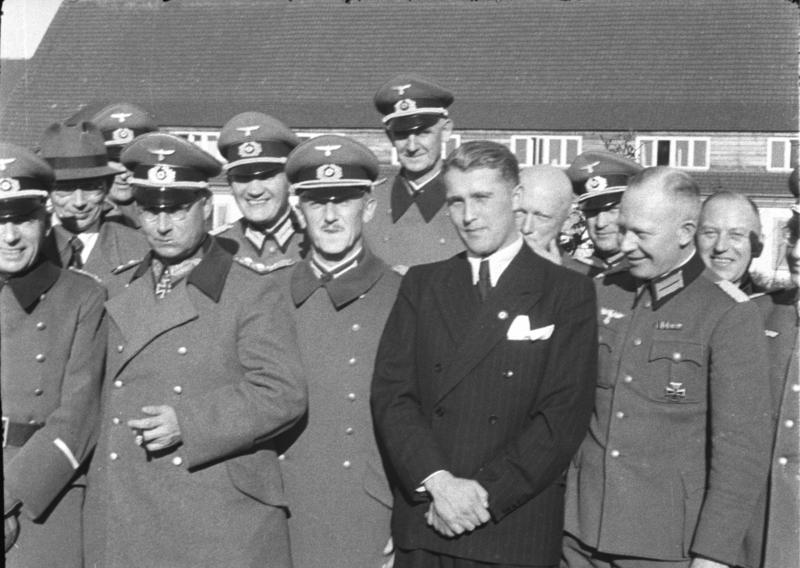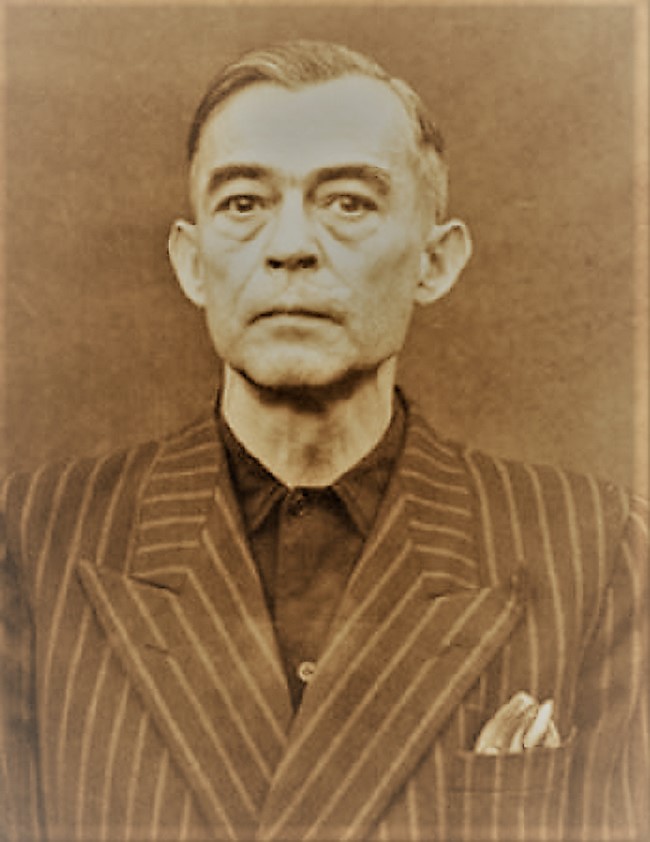
So many people say that World War 2 should be left in the past, it’s been more then 7 decades now and we should move on.
And to an extend they are right. However what these people forget is that the effects of WWII are still current in ways that they didn’t even consider, many of them look up at the sky at night and try to see the International Space Station, not knowing that the ISS is there as a direct result of WWII. But it came at an awful high price, a price too high.
The V2(technical name Aggregat 4 or A4) was the world’s first long-range guided ballistic missile.

On 29 August 1944 Adolf Hitler signed declaration to begin V-2 attacks as soon as possible, the offensive began on 8 September 1944 with an initial single launch at Paris.
The following months about 3,172 V-2 rockets were fired at the following targets:Belgium, 1664: Antwerp (1610), Liège (27), Hasselt (13), Tournai (9), Mons (3), Diest (2)United Kingdom, 1402: London (1358), Norwich (43),[14]:289 Ipswich (1)
France, 76: Lille (25), Paris (22), Tourcoing (19), Arras (6), Cambrai (4)
Netherlands, 19: Maastricht (19) Germany, 11: Remagen (11)
An estimated 2,754 civilians were killed in London and a further 1,736 dead in the greater Antwerp area.
 But so many more died in forced labor whilst working on the V2 program.On 18 August 1943, a bombing raid by the Royal Air Force on Peenemünde causing so much damage to the facilities that they had to end the construction of the V2 there.
But so many more died in forced labor whilst working on the V2 program.On 18 August 1943, a bombing raid by the Royal Air Force on Peenemünde causing so much damage to the facilities that they had to end the construction of the V2 there.
On 19 October 1943, the German limited company Mittelwerk GmbH was issued War Contract No. 0011-5565/43 by General Emil Leeb, head of the Army Weapons Office,for 12,000 A-4 missiles at 40,000 Reichsmarks each.
Adolf Hitler ordered Heinrich Himmler to use concentration camp workers in future A4/V-2 production.One of the sites selected was at the mountain known as Kohnstein, near Nordhausen in Thuringia.
Albert Speer, was put in charge to oversee the creation and operation of the new construction facility. This fact alone contradicts Albert Speer’s claims that he wasn’t aware of the mass killings.
On 28 August 1943, the first 107 Concentration camps prisoners from Buchenwald arrived with their SS guards at the Kohnstein facility. In 1943, prisoners of Buchenwald began construction of large underground factories and development facilities for the V-2 missile program and other experimental weapons.
A new subcamp with the name ‘Dora’ or ‘Mittelbau Dora’ was created-In October 1944, the SS made Dora-Mittelbau an independent concentration camp with more than 30 subcamps of its own.-
By Christmas 1943 the amount of slave labourers from Buchenwald had risen to 10,500. Because there were no living quarters, prisoners were forced to sleep in the tunnels.

Prisoners who were too weak or too ill to work were sent to Auschwitz-Birkenau or Mauthausen to be killed.
Prisoner came from almost all occupied European countries, many of them were so called ‘political’ prisoners. After May 1944, Jews were also transported to Mittelbau. With the closing of the so-called Zigeuner-Familienlager at Auschwitz-Birkenau, the SS transported many Roma and Sinti to Mittelbau between April and August 1944.
On 10 December 1943, Albert Speer and his staff had paid a visit to the tunnels, where they saw the terrible conditions and had observed how the tunnels littered with corpses. Some members of Speer’s staff were so supset that they had to take an extra period of leave. A week later, Speer wrote to Kammler, an appointed board member, congratulating him on his success “in transforming the underground installation from its raw condition two months ago into a factory.
In 1944, a compound to house forced laborers was built above ground level south of the main factory area.

Some prisoners organized resistance operation in the camps but every prisoner suspected of carrying out sabotage was executed by hanging.
It is estimated that about 60,000 prisoners had worked as forced labourers in the Mittelbau camps between August 1943 and March 1945. The exact number of people killed is nearly impossible to establish. According to some SS Data an estimated 12,000 died. In addition, an unknown number of unregistered prisoners died or were murdered in the camps. Additionally 5,000 sick and dying were sent in early 1944 and in March 1945 to Lublin and Bergen-Belsen.
One of the architects and designers of the V2 program was Wernher von Braun,and he must have been well aware of the way his weapons were build and how many lives it had cost,aside from that, his weapon had not only caused the deaths of thousands of civilians in the UK and Belgium it had also caused psychological terror. Despite this he escaped prosecution by the allies.

On June 20 1945 the United States Secretary of State, Edward Reilly Stettinius Jr. approved the transfer of Wernher von Braun and his team of Nazi rocket scientists to the U.S. under Operation Paperclip.

During the late 1960s, von Braun was instrumental in the development of the U.S. Space and Rocket Center in Huntsville, he was also director of Marshall Space Flight Center from 1960 to 1970. He spearheaded development of NASA’s Mercury and Apollo space programs.
The development of the V2 played a pivotal part in the development and progress of the US space program.

In fact the very first photo from space was taken from a V-2 launched by US scientists on 24 October 1946.

Don’t get me wrong I am not against space exploration in the contrary, it intrigues me but I do question the manner how it initially was conducted, so many were tortured and killed for it.
I am passionate about my site and I know you all like reading my blogs. I have been doing this at no cost and will continue to do so. All I ask is for a voluntary donation of $2, however if you are not in a position to do so I can fully understand, maybe next time then. Thank you.
To donate click on the credit/debit card icon of the card you will use. If you want to donate more then $2 just add a higher number in the box left from the PayPal link. Many thanks.
Sources
USHMM
NASA





























 But so many more died in forced labor whilst working on the V2 program.On 18 August 1943, a bombing raid by the Royal Air Force on Peenemünde causing so much damage to the facilities that they had to end the construction of the V2 there.
But so many more died in forced labor whilst working on the V2 program.On 18 August 1943, a bombing raid by the Royal Air Force on Peenemünde causing so much damage to the facilities that they had to end the construction of the V2 there.






 Mention Neil Armstrong and every one will know who he is and even what he said when he set foot as the first man on the Moon.
Mention Neil Armstrong and every one will know who he is and even what he said when he set foot as the first man on the Moon.














You must be logged in to post a comment.